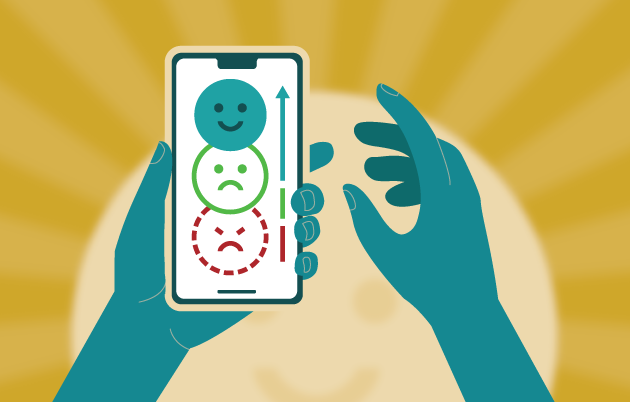Fireworks light up many Independence Day celebrations, but setting them off comes with the risk of serious eye injuries.
In 2023, 19 percent of fireworks injuries were eye injuries, according to the Consumer Product Safety Commission. In the most severe cases, fireworks can rupture the globe of the eye, and can cause chemical and thermal burns, corneal abrasions and retinal detachment. All of these injuries can cause permanent eye damage and vision loss, according to Dr. Jennifer Larson, an assistant professor of ophthalmology and visual sciences at the UW School of Medicine and Public Health and an ophthalmologist with UW Health.
“Most people don’t see the harm in sparklers, firecrackers and bottle rockets, and they learn too late that eye protection is a necessity,” said Larson. “It’s best to leave fireworks to the professionals. If you choose to celebrate with fireworks, wear safety goggles and take the other necessary precautions to keep you and your family safe.”
Those safety precautions include standing at least three feet away from someone holding a sparkler and keeping a fire extinguisher or a bucket of water nearby for pouring on fireworks that fail to ignite or explode. Young children should never play with fireworks and older children should be supervised closely by a responsible adult if using fireworks, Larson added.
While the most disabling injuries occur with illegal fireworks, the highest numbers of injuries come from the legal fireworks parents buy for their children, including sparklers, firecrackers, bottle rockets and Roman candles, according to Larson.
“Sparklers can burn 10 times hotter than boiling water,” she said.
Four common myths about fireworks:
- Consumer fireworks are harmless. Fact: Fireworks can cause blinding eye injuries such as chemical and thermal burns, corneal abrasions or retinal detachment.
- Sparklers are made for kids. Fact: Sparklers burn at more than 2,000 degrees Fahrenheit. That’s hot enough to melt certain metals.
- Duds are harmless. Fact: Malfunctioning fireworks can still be dangerous. Do not try to re-light faulty fireworks. Instead, soak them in water and throw them away.
- Only those handling the fireworks are at risk. Fact: The majority of firework-related injuries happen to bystanders, according to the American Academy of Ophthalmology. When attending a fireworks show, view fireworks from at least 500 feet.
If an eye injury does occur, seek medical attention right away. While awaiting medical help, avoid rubbing or rinsing the eyes or applying pressure. Never apply pressure or attempt to remove any objects that are stuck in the eye.


